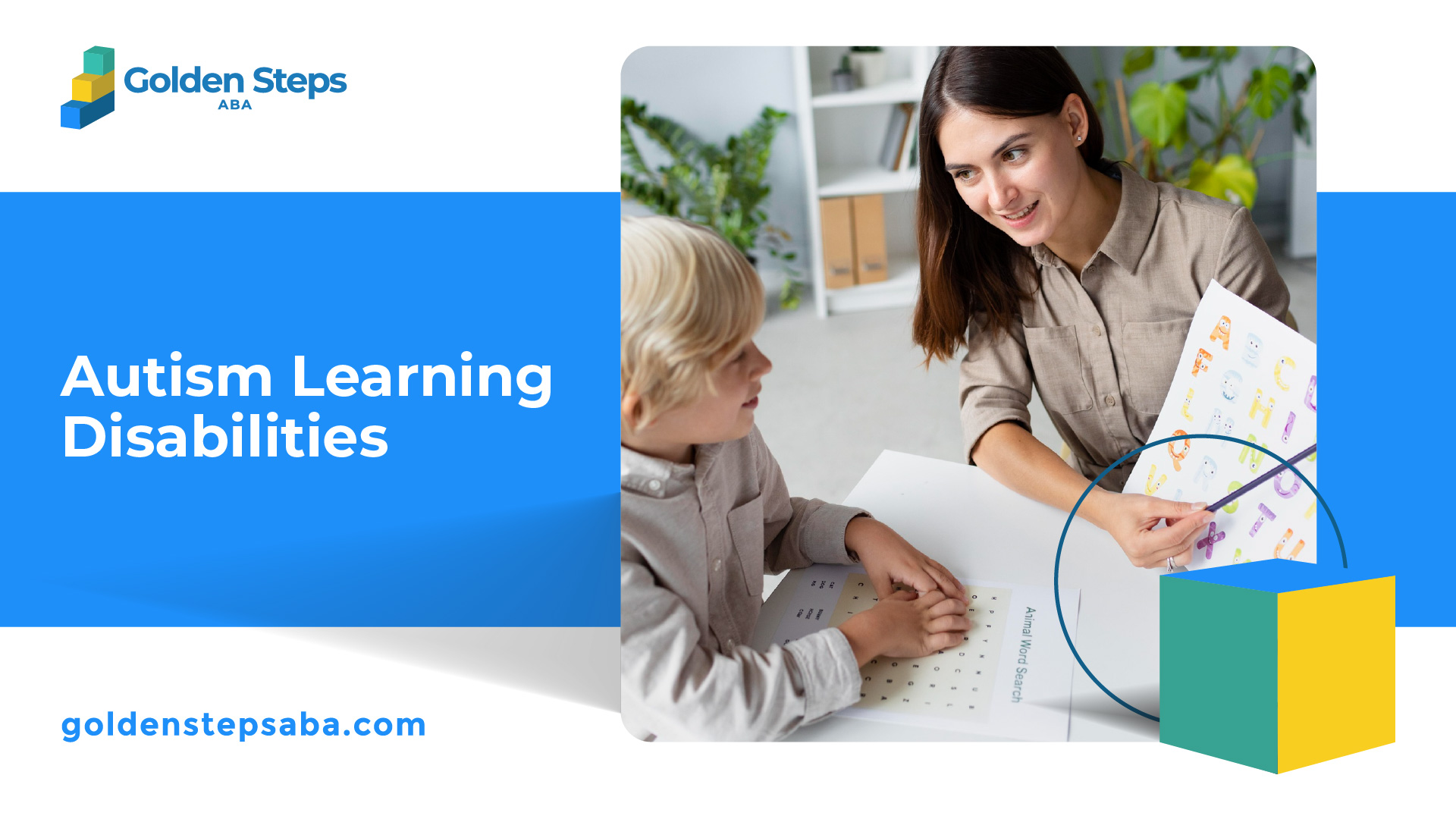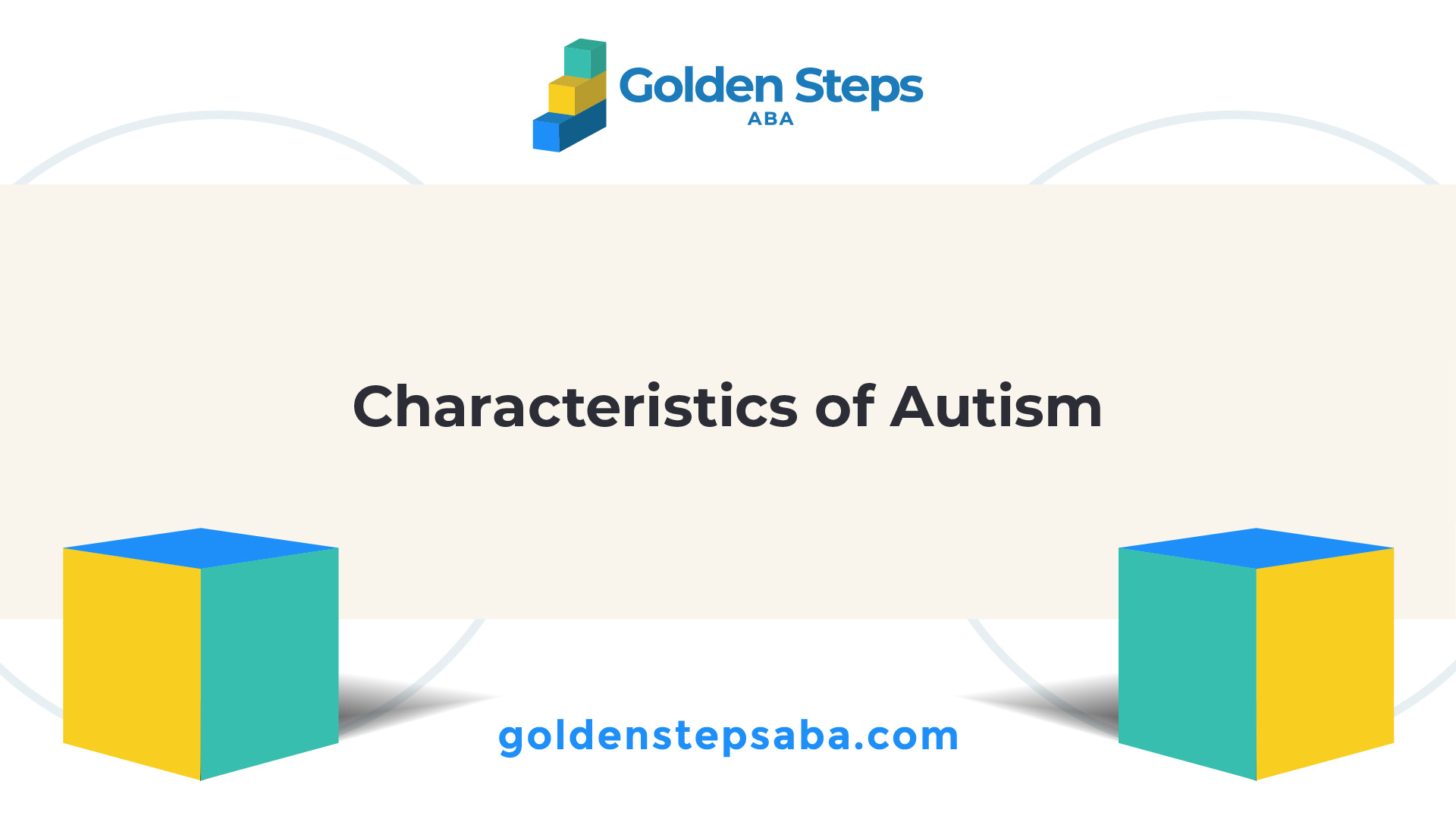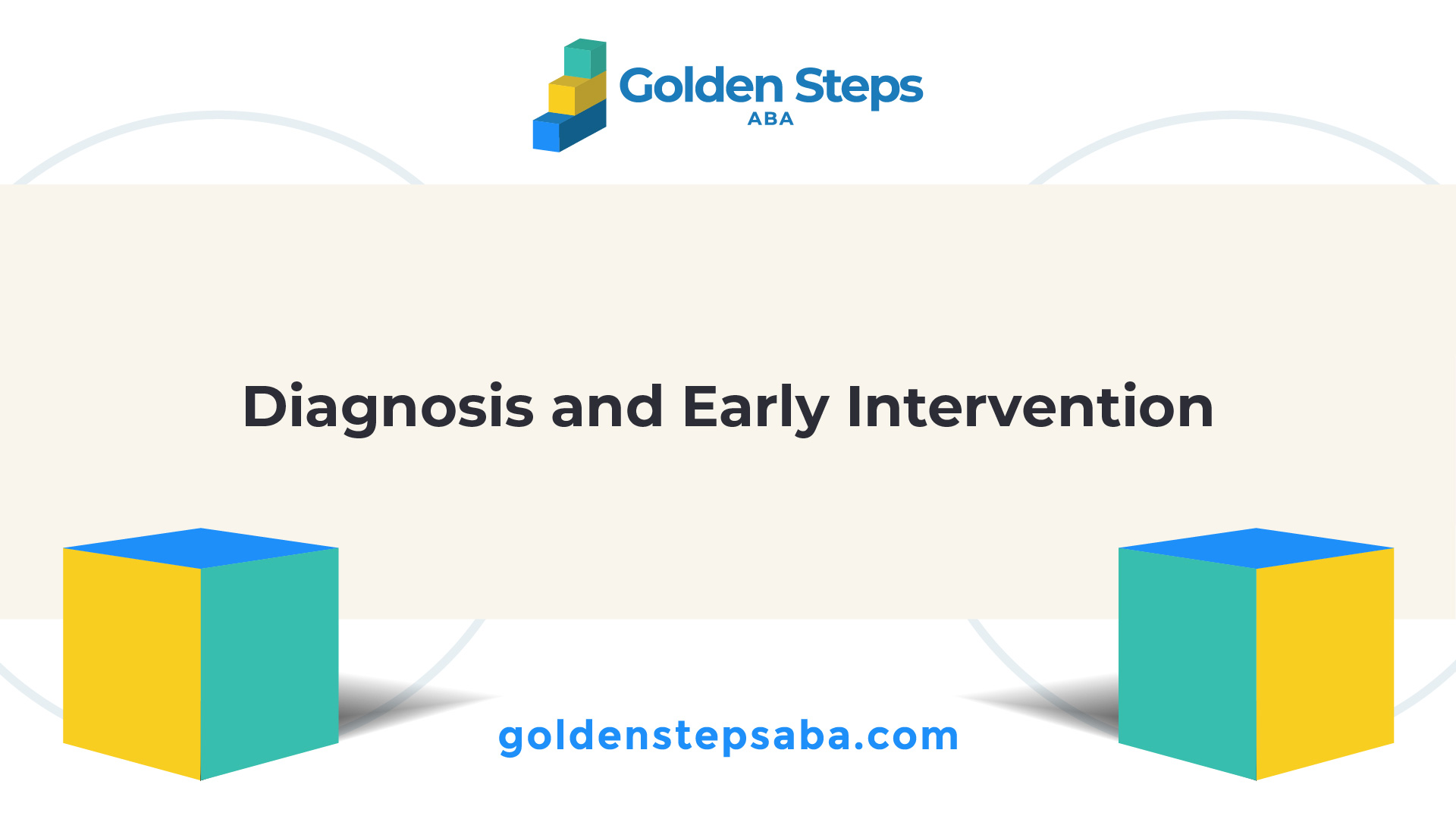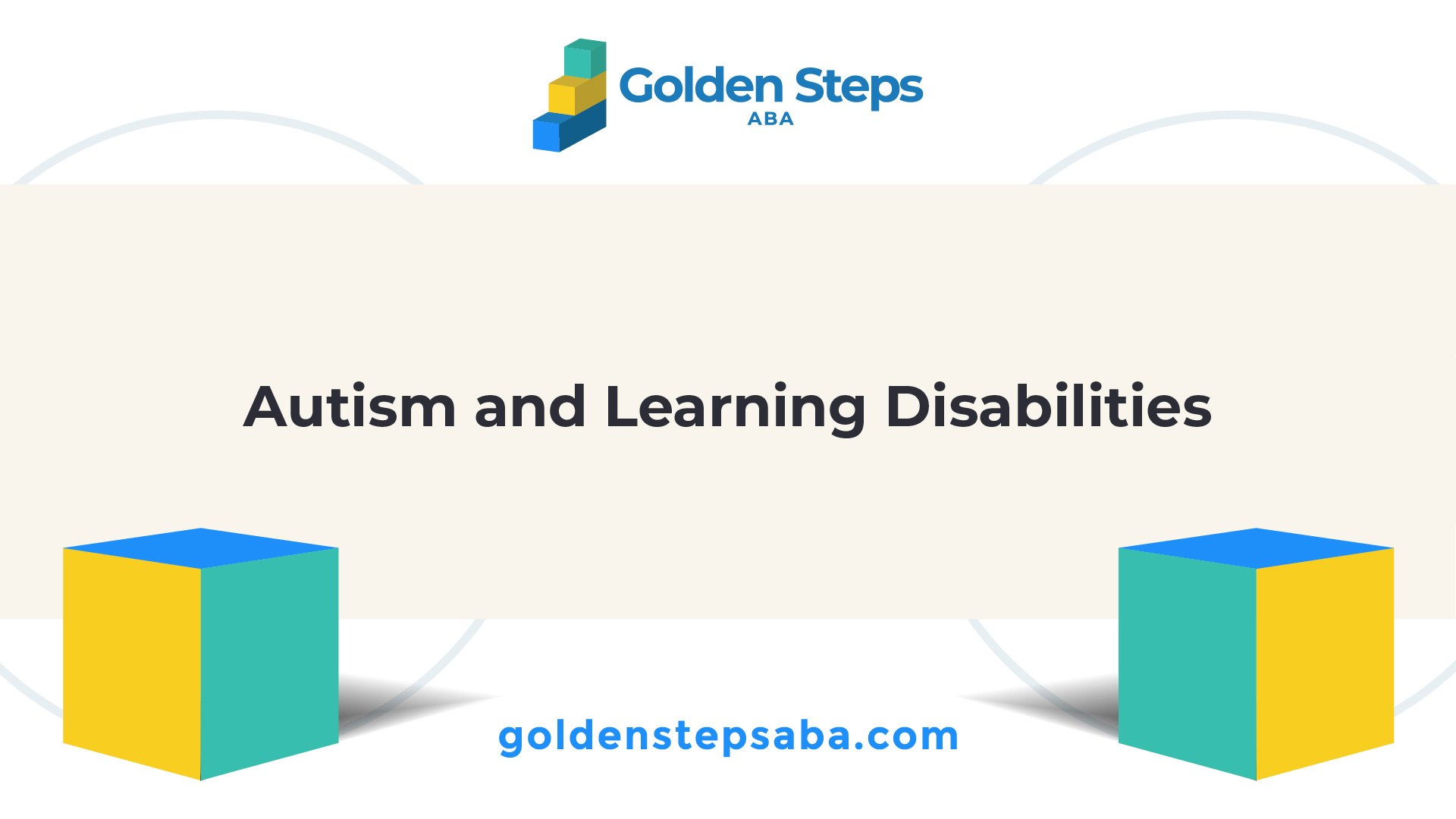Understanding Autism
Autism spectrum disorder (ASD) is a neurological and developmental disorder that affects how individuals interact with others, communicate, learn, and behave. It is typically diagnosed in early childhood, with symptoms often appearing within the first two years of life [1]. The disorder encompasses a broad spectrum, ranging from low functioning to high functioning, with each person exhibiting a unique pattern of behavior and level of severity.

Autism Spectrum Overview
Autism spectrum disorder is characterized by challenges in social interaction, communication, and restricted and repetitive behaviors. Individuals with autism may experience difficulties in understanding and responding to social cues, engage in repetitive movements or behaviors, and have specific interests or routines. The spectrum encompasses various diagnoses, including autistic disorder, Asperger's syndrome, and pervasive developmental disorder-not otherwise specified (PDD-NOS).
It's important to note that autism is a lifelong condition, but with appropriate support and interventions, individuals with autism can lead fulfilling lives and achieve their full potential. Access to resources and services is crucial for individuals with autism to enhance their quality of life and promote their overall well-being.
Prevalence of Autism
Autism spectrum disorder affects people of all racial, ethnic, and socioeconomic backgrounds. According to the Centers for Disease Control and Prevention (CDC), the estimated prevalence of autism in the United States is approximately 1 in 54 children [2]. It is more common in boys than in girls, with a ratio of about 4:1.
The prevalence of autism has been on the rise in recent years, although it is unclear whether this increase is due to improved diagnosis and awareness or to an actual increase in the number of individuals with autism. Ongoing research and studies are continually refining our understanding of autism and its prevalence.
By understanding the broad overview of the autism spectrum and acknowledging its prevalence, we can work towards creating a more inclusive and supportive environment for individuals with autism. Providing resources and services that cater to their unique needs is vital in helping them thrive and unlock their potential.

Resources and Services for Adults
As individuals with autism transition into adulthood, it is vital to have access to the necessary resources and services that can support them in various aspects of their lives. These resources can help individuals with autism lead fulfilling lives, enhance their independence, and overcome challenges they may face. In this section, we will explore some key resources and services available for adults with autism.
Support Networks
Building a strong support network is crucial for individuals with autism. Organizations like Autism Speaks provide valuable resources and information for adults with autism, including guidance on therapy options, employment support, housing resources, safety in the community, and transitioning to adulthood. These networks offer a sense of community, connecting individuals with others who understand and can relate to their experiences.
Support groups and online communities can also provide a platform for individuals with autism to connect, share their stories, and seek advice from others who have faced similar challenges. These networks can be a valuable source of emotional support, encouragement, and guidance throughout their journey.
Therapy Options
Therapy plays a crucial role in the lives of individuals with autism, helping them develop essential skills and overcome challenges. Autism therapy encompasses a variety of approaches tailored to the unique needs of each individual. Some well-known therapies include Applied Behavior Analysis (ABA), speech therapy, occupational therapy, and social skills training.
The choice of therapy will depend on the individual's specific needs and goals. It's important to consult with professionals to determine the most suitable therapy options. For up-to-date statistics and information on autism therapy, refer to our article on autism therapy statistics. Additionally, with the advancements in technology, telehealth options are becoming increasingly popular, providing convenient access to therapy sessions from the comfort of one's home. Learn more about telehealth options for autism therapy in our article on autism telehealth options.
Housing and Employment Support
As individuals with autism transition to adulthood, housing and employment support become essential considerations. Organizations like Autism Speaks offer valuable resources and toolkits to assist in the housing search, explore housing options, understand residential support, and secure funding for housing. These resources help individuals and their families navigate the complexities of finding suitable housing arrangements that cater to their specific needs.
Finding meaningful employment is another important aspect of adult life. Employment support services can assist individuals with autism in seeking job opportunities and providing resources for job seekers and employers. It is important to consider an individual's social functioning skills, intellectual abilities, and interests when matching them with suitable employment opportunities. Some individuals may require varying levels of support in the workplace, ranging from initial coaching to ongoing supervision.
By accessing the various resources and services available, individuals with autism can receive the support they need to navigate adulthood successfully. Support networks, therapy options, and assistance with housing and employment contribute to enhancing the quality of life for adults with autism. It's important to explore these resources and services to ensure that every individual with autism has the opportunity to reach their full potential.

Characteristics of Autism
To better understand autism and its impact on individuals, it is essential to explore the behavioral patterns and levels of severity associated with this neurodevelopmental disorder.
Behavioral Patterns
Each individual with autism spectrum disorder (ASD) exhibits a unique pattern of behavior. These behavioral patterns can manifest in various ways, affecting social communication and interaction, as well as presenting restrictive and repetitive behaviors.
Levels of Severity
Autism spectrum disorder encompasses a wide range of characteristics and levels of severity. The impact of ASD can vary significantly from person to person, ranging from low functioning to high functioning.
It is important to note that the severity of ASD does not necessarily correlate with an individual's intelligence or potential. With appropriate support and interventions, individuals with autism can lead fulfilling lives and make significant contributions to their communities.
Understanding the behavioral patterns and levels of severity associated with autism lays the foundation for developing effective interventions and support systems that cater to the unique needs of individuals on the autism spectrum. Early diagnosis and access to appropriate treatments and services are crucial in maximizing the potential and well-being of individuals with ASD [1].

Diagnosis and Early Intervention
When it comes to autism, early diagnosis and intervention play a crucial role in supporting individuals with autism spectrum disorder (ASD). Recognizing the early signs of autism and obtaining a diagnosis at a young age can pave the way for timely interventions and services that promote optimal development and learning.
Early Signs of Autism
The signs of autism spectrum disorder often become apparent early in a child's development, particularly when there are delays in language skills and social interactions. It's important for parents and caregivers to be aware of these signs and seek medical evaluation when necessary. Some common early signs of autism include:
It's important to note that the presence of these signs does not confirm a diagnosis of autism. However, if you observe these behaviors in your child, it is advisable to consult with a healthcare professional for further evaluation.
Importance of Early Diagnosis
Early diagnosis of autism is crucial for several reasons. Firstly, it allows for early access to interventions and treatments that can support the child's development and address specific challenges associated with autism. Research has shown that early intervention can significantly improve outcomes for individuals with autism, helping them develop critical skills and reach their full potential [1].
Secondly, an early diagnosis provides an opportunity for families to access appropriate resources and support networks. This includes connecting with therapists, educators, and support groups that specialize in working with individuals with autism. These resources can provide guidance, strategies, and therapies tailored to meet the unique needs of individuals with autism and their families.
Lastly, an early diagnosis helps to create awareness and understanding of autism within the community. It allows for the implementation of inclusive practices in educational settings and promotes acceptance and support for individuals with autism. By raising awareness and destigmatizing autism, we can foster a more inclusive society that celebrates the diverse strengths and abilities of individuals with autism.
If you suspect that your child may have autism or if you are an adult seeking a diagnosis, it is recommended to consult with a healthcare professional or specialist experienced in assessing and diagnosing autism spectrum disorder. Early diagnosis and intervention pave the way for a brighter future, enabling individuals with autism to thrive and unlock their full potential.

Autism and Learning Disabilities
When discussing autism, it's important to understand that autism is not classified as a learning disorder. Instead, it is categorized as a neurodevelopmental disorder that affects the way individuals process sensory input and interact with the world. However, autism can impact the learning process, sometimes in ways that are similar to learning disabilities. Let's explore the distinction between autism and learning disorders, as well as the overlapping characteristics.
Distinction from Learning Disorders
While autism affects learning, it is not a learning disorder itself. Autism is a non-curable condition that lasts a lifetime. It is important to note that autism does not directly impact intellectual ability. With appropriate treatment and supportive care, individuals with autism can achieve high levels of functioning, even if their social skills and nonverbal communication skills are not fully developed.
Learning disorders, on the other hand, are specific neurological conditions that directly interfere with an individual's ability to comprehend, write, read, retain information, and control motor skills. Common learning disorders include dyslexia, dysgraphia, dyscalculia, and dyspraxia. These learning disabilities share some characteristics with autism, but they are distinct conditions [5].
Overlapping Characteristics
Although autism and learning disorders are distinct, they can share some common characteristics. For example, individuals with both autism and learning disabilities may experience difficulties with:
It is important to recognize that each condition is unique and may require different approaches for intervention and support. While individuals with autism may benefit from specific therapies and adaptations tailored to their sensory needs and social skills development, those with learning disabilities may require specialized educational strategies and interventions.
Understanding the distinction between autism and learning disabilities is crucial for developing appropriate interventions and support for individuals with these conditions. By recognizing the overlapping characteristics and implementing targeted strategies, we can unlock the potential of individuals with autism and support their learning journey effectively.
Assistive Technology for Autism
Assistive technology (AT) plays a crucial role in supporting individuals with autism in their learning journey. By utilizing various tools and resources, individuals with autism can enhance their learning experience and overcome challenges they may face. In this section, we will explore the impact of assistive technology on learning and the use of sensory regulation tools for individuals with autism.
Impact on Learning
Incorporating the use of technology, such as iPads and other tablets, into the daily learning experiences of individuals with autism can have a positive impact on their achievement levels. These devices provide interactive and engaging educational opportunities, allowing for personalized learning experiences. Research has shown that the use of assistive technology can improve certain skill deficits, such as reading and spelling, in individuals with learning disabilities, including autism [6].
Assistive technology tools for individuals with autism can include:
By utilizing assistive technology tools, individuals with autism can enhance their learning, improve their independence, and experience success in academic tasks.
Sensory Regulation Tools
Sensory challenges are common among individuals with autism and can result in over- or under-responsiveness to sensory input. To help regulate their sensory systems, individuals with autism can utilize various sensory regulation tools. These tools aim to provide sensory input that promotes calmness and focus, reducing anxiety and improving attention.
Some examples of sensory regulation tools for individuals with autism include:
By incorporating these sensory regulation tools into daily routines and learning environments, individuals with autism can better manage sensory challenges and optimize their learning experiences.
Assistive technology and sensory regulation tools are valuable resources for individuals with autism, supporting their learning and overall well-being. It is important to consider the specific needs and preferences of each individual when selecting and implementing these tools. Working closely with healthcare professionals and educators can help ensure that the assistive technology and sensory regulation tools are tailored to meet the unique needs of each individual with autism.

